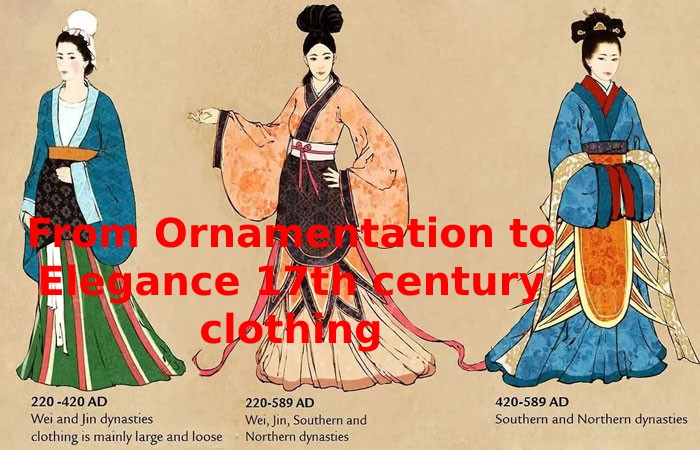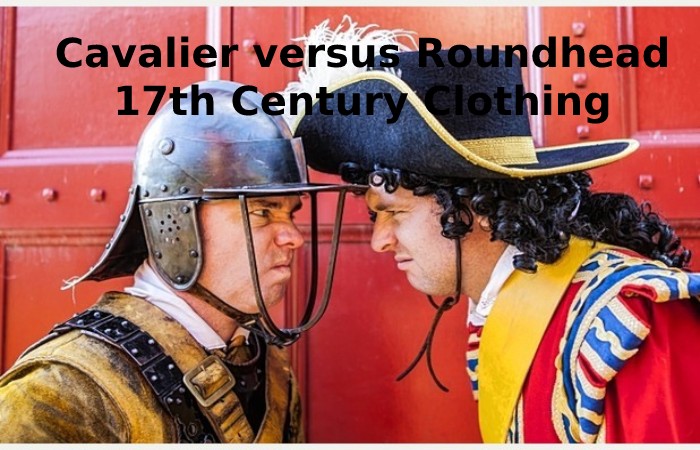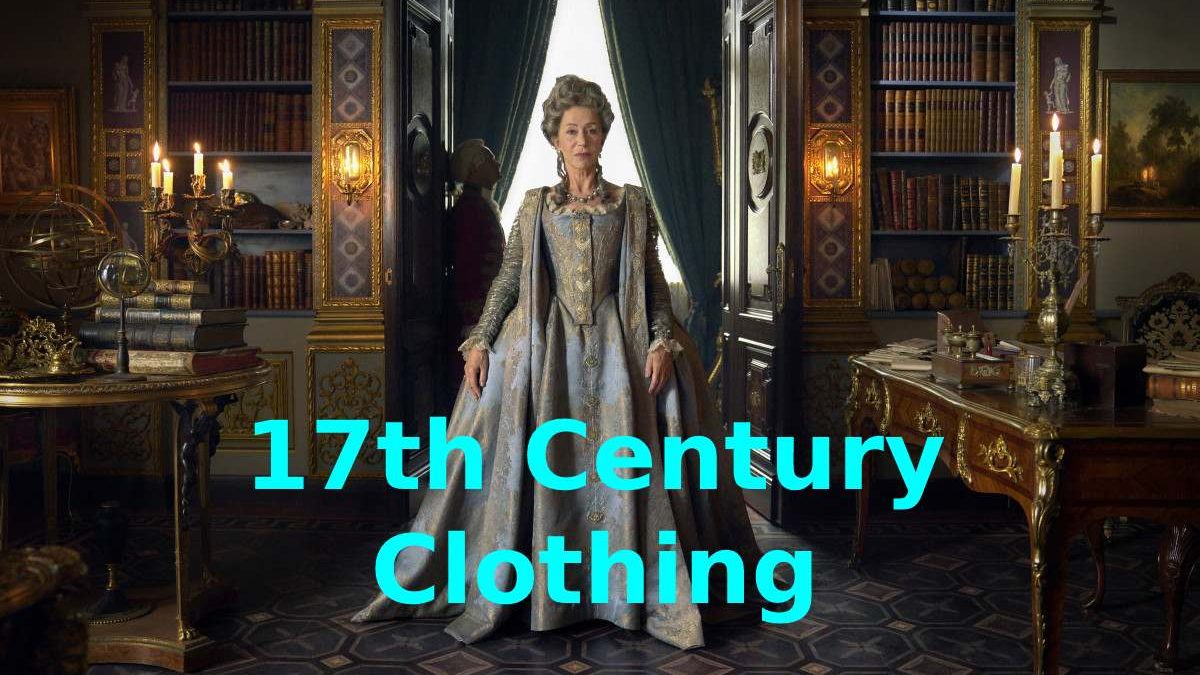Table of Contents
17th Century Clothing
17th century clothing – Fashion trends influenced the clothes worn by Europeans in the 17th century – rapid style changes influenced by trendsetters – like never before. Over the century, clothing went from restrictive to comfortable, then restrictive again, with excess adornment removed and added to men’s and women’s clothing. As the very wealthy continued to determine which styles were most popular, political preferences and the rise of the middle classes also significantly influenced fashion. Using this the business of the fashion trends increased.
From Ornamentation to Elegance 17th Century Clothing

The fashions of the early 17th century continued the trends of the previous century: men’s doubles and women’s bodies were worn tight and stiff with stiff or padded gussets; women’s skirts were given complete and rigid shapes using farthingales or hoops; and the clothes of both sexes were laden with ornaments, jewellery to lace and the sheen of multiple contrasting fabrics. However, in the 1620s, styles began to change drastically. While the clothes used, have remained the same, such as doublets, men’s breeches and stockings, and long dresses for women, the general trend in the mid-century was for softness and comfort.
To allow for more effortless movement, the size of the women’s doublets and bodices has raised higher. And the lining has removed from the doublets and bodices. The strawberries and starched bats that circled the neck have been replaced by the softer, more comfortable bands that fall and rise.
The women’s sleeves began to roll up, showing first the wrist and then the whole forearm. Except for petticoat pants, men’s pants have lost their slack and have become thinner and easier to move. People continued to value-rich materials and exquisite design. Still, they neglected the rigid formality of previous years. They added no embellishments to spruce up. In general, the trend of the first sixty years of the century was towards ease, comfort and elegance.
French Influence 17th Century Clothing
These fashion changes reflect the growing influence of France, with its freestyle, and the waning power of Spain, with its rigid formality. The King of France Louis XIV (1638-1715), who reigned from 1643 to 1715, was instrumental in making France the primary fashion influence of the century. Louis believed that the best way to run his country was to set an example of style and taste in everything from architecture and furniture to food and fashion.
He surrounded himself with a large court of officers and advisers and organized many lavish balls. At which wealthy nobles competed for the most elegant and tasteful clothes. Louis’ palace in Versailles has become the centre of French fashion. At the same time, France is becoming the leading producer of luxury goods in Europe. French cities led the production of silk, lace. And brocade production and aggressively exported these materials to other countries, expanding their influence. France also exported its fashion through other means, such as fashion publications.
Cavalier versus Roundhead 17th Century Clothing

Although the preferred styles were simpler than in the 16th century, French fashion was still quite ornate. Indeed, the French love of lavish fabrics and carefully chosen accessories led to a resurgence of excessive style after around 1660. Bellies tightened and elongated once again, and the overall profile of men’s and women’s clothing emphasized the vertical lines that made wearers appear tall. Crap. Slender. Tall hairstyles, high heels, and long skirt extensions called tails add to the effect for women. Ornaments, in the form of ornate swords and bracelets, elegant lace necklaces and high, rolled-up boots, were back in fashion.

